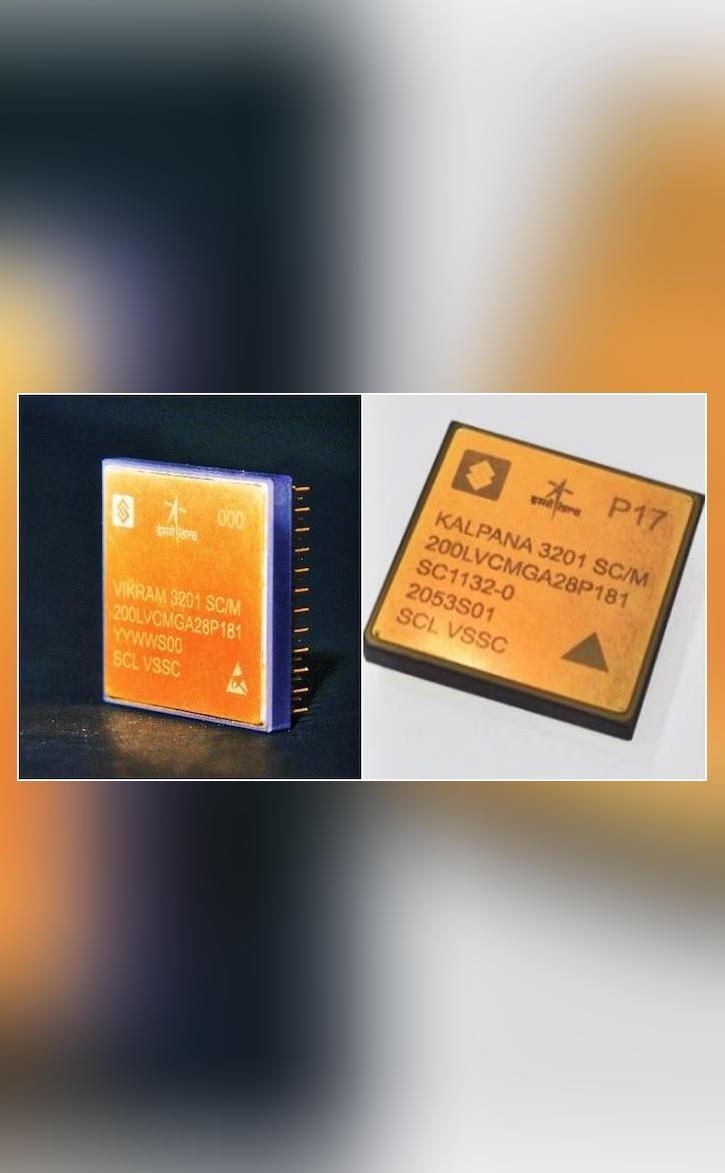
ISRO & SCL Develop 32-bit Microprocessors for Space Applications
In a significant breakthrough, the Indian Space Research Organisation (ISRO) and the Semiconductor Laboratory (SCL) in Chandigarh have jointly developed two 32-bit microprocessors, VIKRAM3201 and KALPANA3201. These microprocessors have been designed and developed specifically for space applications, marking a major milestone in the country’s space technology capabilities.
The VIKRAM3201 microprocessor is particularly noteworthy, as it is the first fully “Make-in-India” 32-bit microprocessor that has been qualified for use in the harsh environmental conditions of launch vehicles. This achievement is a testament to the capabilities of Indian industry and academia, and a significant step forward in the country’s efforts to develop indigenous technology for space exploration.
The VIKRAM3201 microprocessor is a 32-bit, high-performance processor that is designed to operate in extreme temperatures, radiation, and vibration environments. It has been developed to meet the stringent requirements of space applications, including launch vehicles, satellites, and space probes. The processor is capable of processing complex algorithms and executing multiple tasks simultaneously, making it an ideal choice for space missions that require high-speed processing and data analysis.
The KALPANA3201 microprocessor, on the other hand, is a 32-bit processor that has been designed specifically for space-grade applications. It is a high-reliability processor that is capable of operating in extreme environmental conditions, including temperatures ranging from -50°C to 125°C, and radiation levels of up to 1 MeV. The processor has been designed to meet the requirements of space missions that require high-reliability processing, including satellite control systems, space navigation systems, and space communication systems.
The development of these microprocessors is a significant achievement for ISRO and SCL, as it marks a major milestone in the country’s efforts to develop indigenous technology for space exploration. The use of Indian-made microprocessors in space missions will not only reduce the country’s dependence on foreign technology but also provide a significant boost to the domestic electronics industry.
The VIKRAM3201 microprocessor has been developed using a 0.35-micron CMOS process, and it has a clock speed of up to 200 MHz. It has a power consumption of 1.2 watts and a die area of 25 square millimeters. The processor has a built-in memory controller, which allows it to access external memory devices. It also has a number of peripherals, including UART, SPI, I2C, and I2S interfaces.
The KALPANA3201 microprocessor has been developed using a 0.35-micron CMOS process, and it has a clock speed of up to 200 MHz. It has a power consumption of 1.5 watts and a die area of 30 square millimeters. The processor has a built-in memory controller, which allows it to access external memory devices. It also has a number of peripherals, including UART, SPI, I2C, and I2S interfaces.
The development of these microprocessors is a significant achievement for ISRO and SCL, as it marks a major milestone in the country’s efforts to develop indigenous technology for space exploration. The use of Indian-made microprocessors in space missions will not only reduce the country’s dependence on foreign technology but also provide a significant boost to the domestic electronics industry.
Applications
The VIKRAM3201 and KALPANA3201 microprocessors have a wide range of applications in space exploration, including:
- Satellite control systems: The microprocessors can be used to control the attitude and orbit of satellites, and to manage their communication systems.
- Space navigation systems: The microprocessors can be used to develop navigation systems that are capable of providing accurate positioning and timing information.
- Space communication systems: The microprocessors can be used to develop communication systems that are capable of transmitting and receiving data between Earth and space.
- Launch vehicle control systems: The microprocessors can be used to control the trajectory and guidance of launch vehicles, and to manage their communication systems.
Conclusion
The development of the VIKRAM3201 and KALPANA3201 microprocessors is a significant achievement for ISRO and SCL, as it marks a major milestone in the country’s efforts to develop indigenous technology for space exploration. The use of Indian-made microprocessors in space missions will not only reduce the country’s dependence on foreign technology but also provide a significant boost to the domestic electronics industry.
The development of these microprocessors is a testament to the capabilities of Indian industry and academia, and a significant step forward in the country’s efforts to develop indigenous technology for space exploration. The microprocessors are suitable for a wide range of space applications, and they have the potential to play a significant role in India’s space program in the years to come.
News Source:






